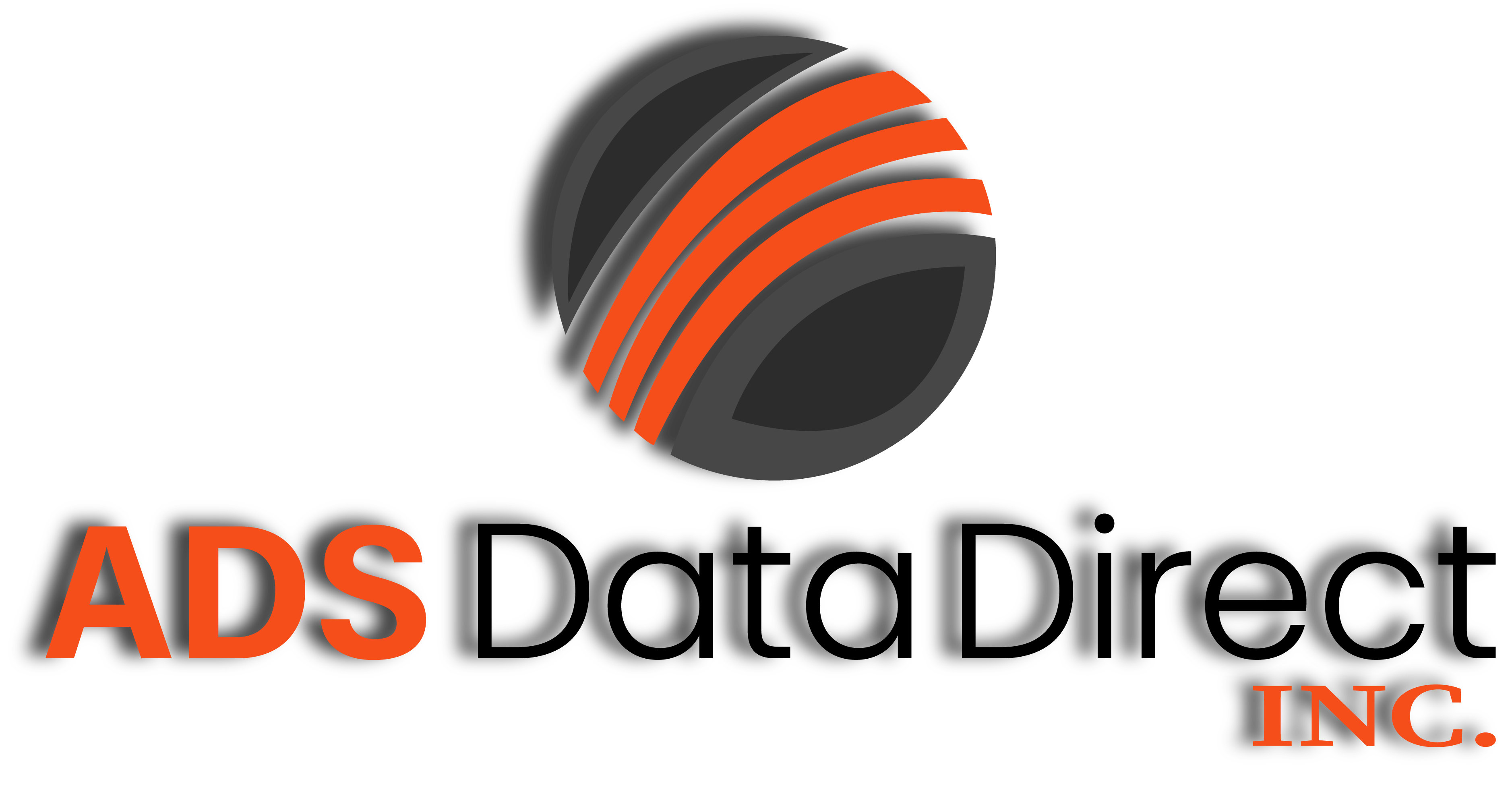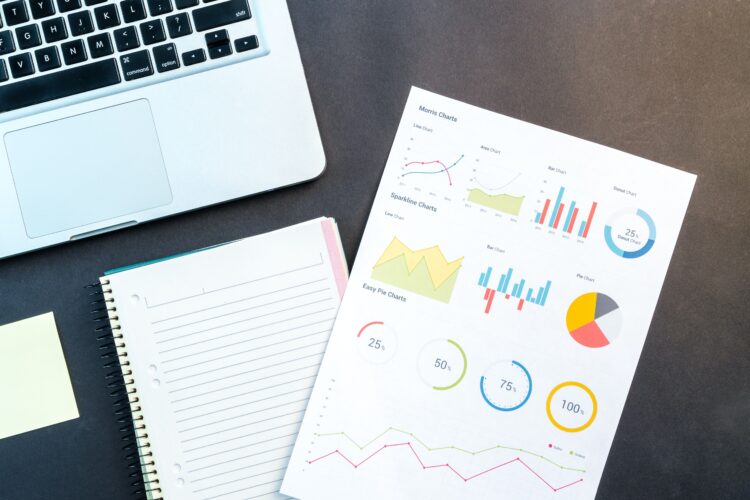
The process of acquiring different ways to collect data and analyzing information about certain variables in a developed system is known as data collection. This information allows one to analyze outcomes and respond to pertinent queries. Data collecting is essential to research in all academic subjects, including the physical and social sciences, the humanities, and business.
Different ways to collect data is crucial since it boosts productivity and aids in removing uncertainty. The most prosperous businesses have both short- and long-term plans in place. Thanks to effective field data collecting and analysis, you will always be able to allocate your limited resources where they are most required. It is crucial to realize what areas to focus on now if you want to develop and advance.
Different Ways to Collect Data: Data allows you to see your strengths and adopt the same tactics across your firm, highlighting issues and inefficiencies. You will have the resources to create plans and support programs for regions that aren’t performing as well if you can identify your high-performers and comprehend what they are doing differently.

1. Online Tracking
Different Ways to Collect Data: Websites observe and gather user data using online tracking, also known as website tracking, to tailor their offers and interactions.
Websites in a variety of ways collect each user’s data. A website will gather different ways to collect data depending on its service. Additionally, businesses gather information via emails, intelligent speakers, and applications. Your form entries, email addresses, and data they can get via tracking technology are all sources through which they gather information about you.
2. Cookies
Before allowing you access, most websites will ask you to allow them to collect cookies. What, though, are cookies? They are text files with information like your log-in information that websites can use to tailor themselves to provide you with a better surfing experience. While third-party cookies and tracking cookies can be problematic since they keep data for a long time across numerous pages, they are necessary for quick and personalized website navigation. Your browser’s privacy settings may allow you to disable cookie storage by enabling do not track options.
3. User Agents
Every browser has a user agent that communicates to the webserver what works best in that browser. User agents assist web servers in recognizing your operating system and browser. The webpage or website that best suits your operating system will subsequently be displayed by the web server using this information. It is a helpful tool for understanding browser market shares.
4. Browser Fingerprinting
Fingerprinting is building a user’s profile using browsing history and actions data. Websites may easily monitor and identify you with accuracy, thanks to browser fingerprinting. They can discover your operating system, plug-ins, time zones, languages, and screen resolution using this information. The possibility of two people having the same browser information is 0, even though this information may seem relatively wide.
5. Tracking Pixels
Transparent pictures, tracking pixels, gather data about website traffic, user behavior, and conversions. They cannot be disabled because they load whenever you open a webpage. Since the websites may track OS specifics, mail information, screen resolution, IP address, etc., it’s a valuable tool for targeted marketing. Using proxy servers, you can cease downloading tracking pixels.
6. Social Media Monitoring

Most social media monitoring tools operate by constantly crawling and indexing websites like Twitter, occasionally in real-time. Once all those websites have been indexed, you can search them to discover mentions, sentiments, and views on particular goods, services, organizations, individuals, locations, etc.
Like web search tools, social media analytics use specially created software platforms. Search requests or web “crawlers” that cross channels are used to retrieve information about keywords or themes.
You can determine which platform is more popular with your consumer base. You may monitor which social media postings do the best and what hours of the day your clients are online. Using these results, you can write and publish posts with the most significant reach.
The capacity to acquire data in real-time is one of the social media’s most incredible benefits for marketers. Within a few hours of your campaign’s start, social media analytics might assist you in evaluating its early success. To help you best maximize the time and money you spend on social marketing, it gradually offers more in-depth insights about your company and its sector.
You can gain essential insights into your audience through social media data mining. You can discover the types of information they enjoy, the best times to see it, and the websites they frequent.
Any form of data obtained through social media is called social media data. The phrase generally refers to social media metrics and demographic information gathered through social platform analytics tools.
There are roughly five significant categories that social media data about users falls under: Personal, Attitudinal, Preference, Behavioral, and Engagement data.
7. Transactional Tracking

Different Ways to Collect Data: Information that is gathered from transactions is referred to as transactional data. It keeps track of the date and location of the transaction, the time it took place, the price ranges of the goods purchased, the mode of payment used, any discounts applied, and other quantities and characteristics related to the transaction.
Transactional data is the information produced by different ways to collect data, business applications as they carry out or support routine purchasing and selling activities. Data from point-of-sale servers, security programs, ATMs, and payment gateways, coming from any device imaginable to execute a financial transaction, is woven into a vast and complex network.
The resulting data is frequently difficult to understand or contains extraneous information, such as characters, symbols, or numbers, because of the sheer volume of touchpoints. Companies must capture transactional data accurately to conduct downstream analytics, avoid costly customer support calls, or find the truth behind fraud accusations.
The presence of a time aspect distinguishes transactional data. It indicates that it is highly erratic and gradually becomes irrelevant. It’s crucial to swiftly process and make sense of transactional data if you want to use it to keep your competitive edge. Transactional data can be a valuable source of corporate intelligence when appropriately handled.
8. Story Circles/Storytelling
The information gathering and reflection process used in the storytelling method is typically done through an audio or video recording, a question-and-answer format, or an interview. Trained local staff and volunteers to conduct narrative interviews with community people (leaders). They do this to learn about their involvement in interfaith peacebuilding. Locally focused humanitarian efforts address the root causes of violence; they use storytelling to learn about the experiences of the intended beneficiaries of a project or activity, as opposed to merely those who carried it out, which may be even more beneficial.
Through the experiences and perspectives of residents, storytelling is an effective way to learn about the best practices and effects of grassroots organizations’ programs and activities. The narratives can emphasize a project’s advantages and disadvantages and any unforeseen repercussions. They also offer meaningful information. Information that is rich, vivid, and emotionally captivating can be revealed through storytelling. Telling and hearing tales fosters relationships and strengthens trust links, both of which are necessary for bringing about change.
Conclusion – Different ways to collect data

Different Ways to Collect Data: There are many ways to gather and collect data; the best way to assess which method would suit you best is to know what type of data you would like to collect.
Story circles might be the right choice if your company is looking to open a branch in a new country. Transaction tracking might be the best option if you want to find your customer’s buying patterns.




